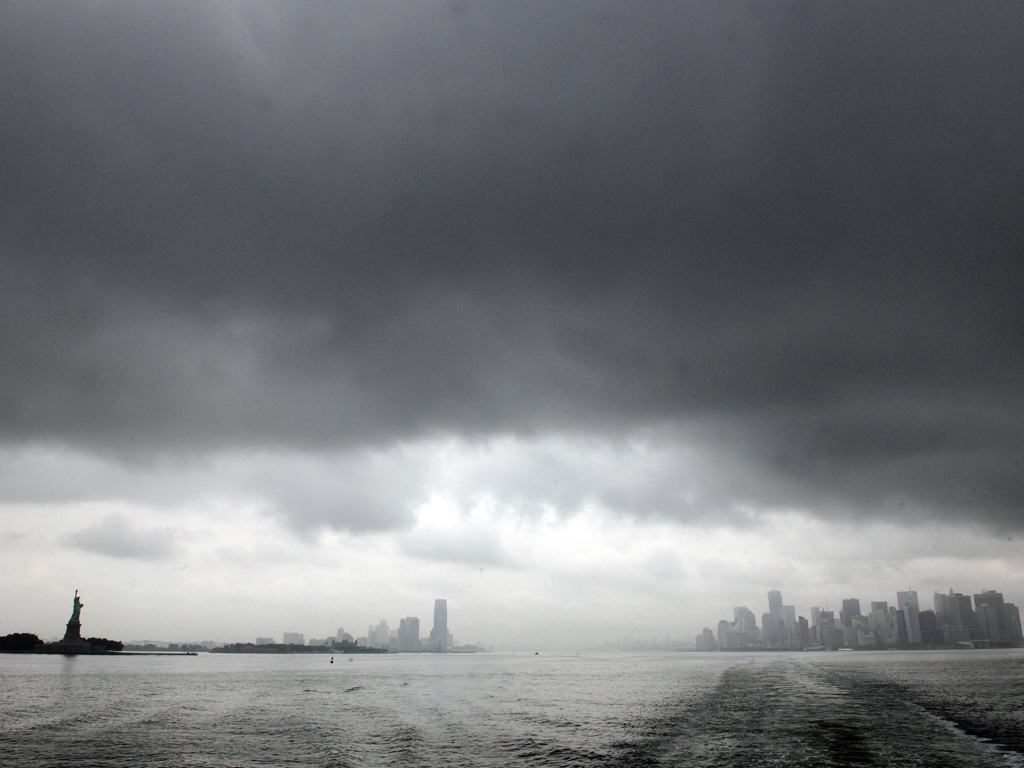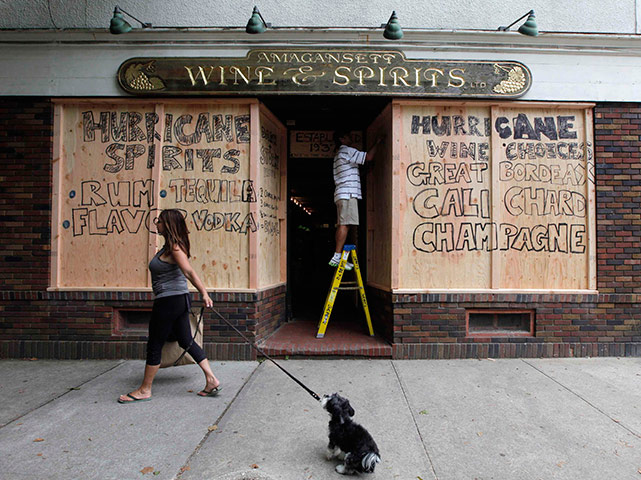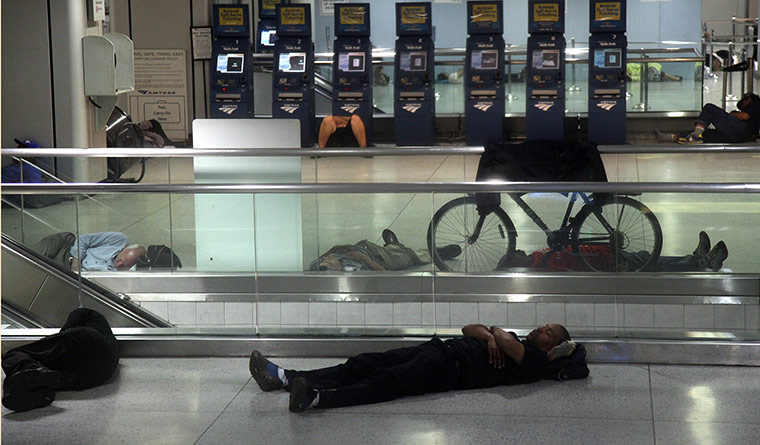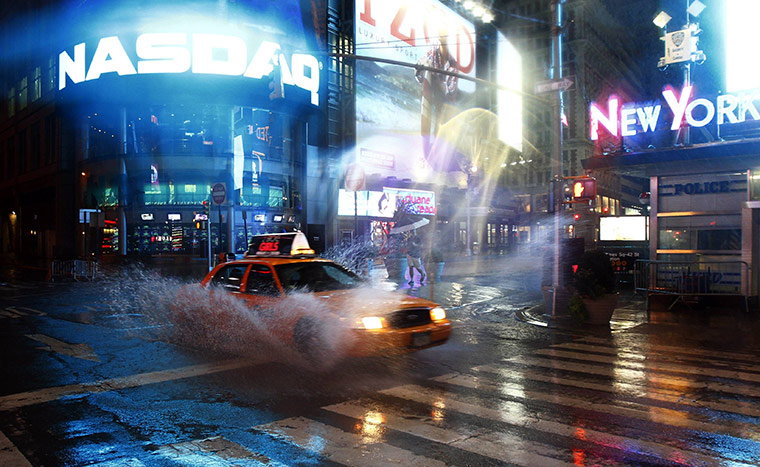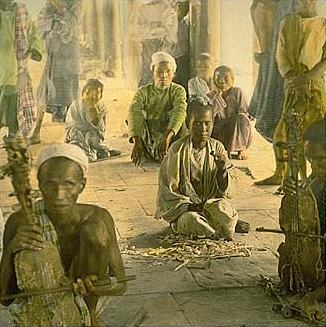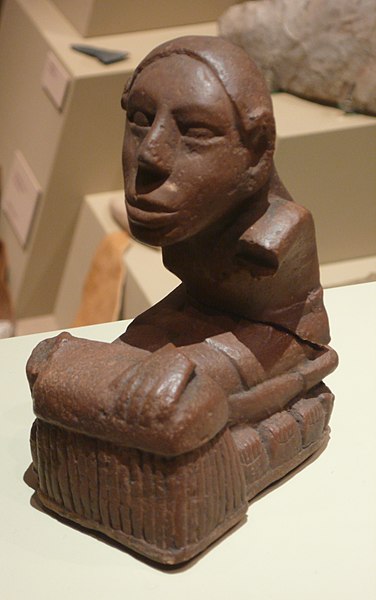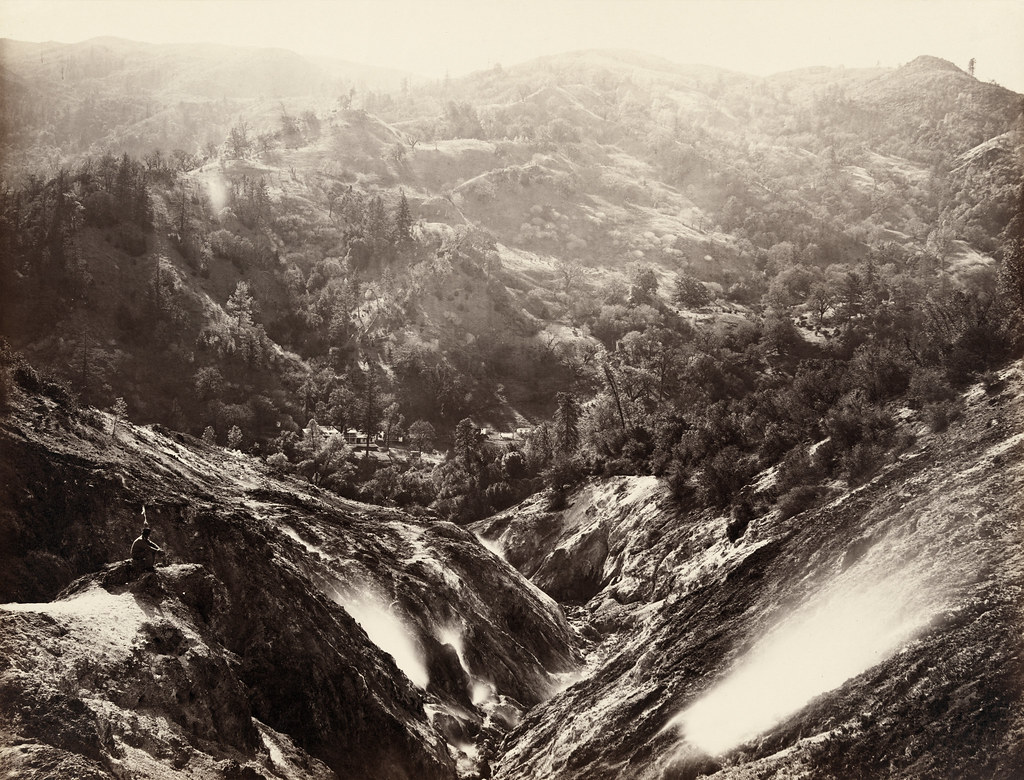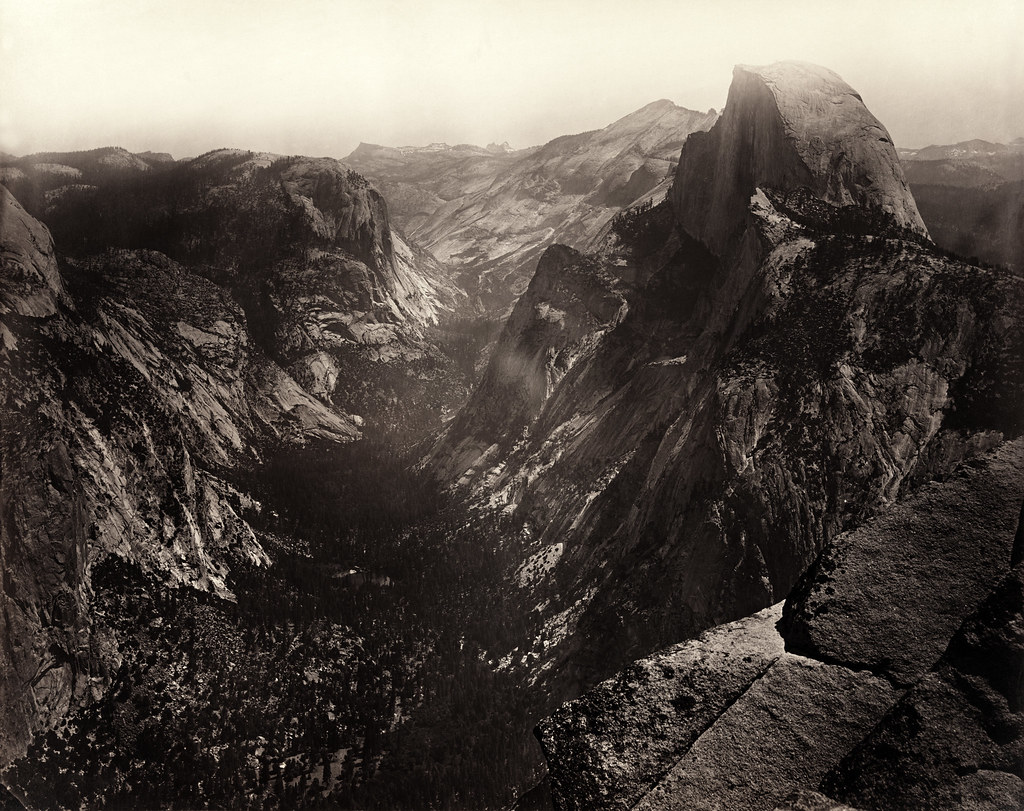.
Yellowstone National Park, Wyoming. Mud Springs at Crater Hills near Sulphur Spring. The contents of this spring are a fine, siliceous, pearl-colored mud, the consistency of thick, hasty pudding. The surface is covered with puffs of mud, which, as they burst, give off a thud-like noise, and then the paint-like liquid recedes from the center of the puffs in a perfect series of rings to the side. The explosion is produced by the escape of sulfurated hydrogen gas through the mud: from U.S. Geological and Geographical Survey of the Territories, 1871 (Hayden Survey)
Puffs of
mud
produced
by the escape
of sulfurated
hydrogen gas
spring
like hope
eternal
and when burst
like hope
give off
a thud
like noise
as the paint
like liquid
secreted
by realism
recedes
in a perfect
series of
rings
to the side
Yellowstone National Park, Wyoming. Mud Geyser in action. The only true mud geyser discovered, 8 miles below Yellowstone Lake. It has a funnel-shaped orifice in the center of a basin 150 feet in diameter and in which there are two other hot mud springs. The flow of the geyser is regularly every six hours, the eruptions lasting about fifteen minutes. The thick, muddy water rises gradually in the crater, commencing to boil when about half-way to the surface, and occasionally breaking forth with great violence. When the crater is filled, it is expelled from it in a splashing, scattered mass, 10 feet in diameter, to 40 feet in height. The mud is a dark lead-color and deposits itself all about the rim of the crater: from U.S. Geological and Geographical Survey of the Territories, 1871 (Hayden Survey)
Photos by William Henry Jackson from United States Geological Surveys (U. S. Geological Survey Photographic Library)





